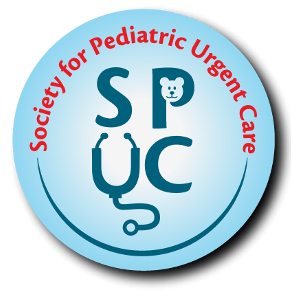BASICS
DESCRIPTION
- Infectious inflammation of synovial space that can affect any joint.
- In children, more commonly progresses to osteomyelitis because of presence of intracapsular metaphyses.
RISK FACTORS
- Recent fractures or injuries can provide an entry point for infection.
- Consider gonococcal arthritis in sexually active patients.
PATHOPHYSIOLOGY
- Infectious agents enter joint space allowing for infection. Infection can easily spread to adjacent bone in children with intracapsular metaphyses.
ETIOLOGY
- A variety of of organisms are implicated, including Staph aureus, coagulase negative staphylocci (associated with implants and prostheses), enteric organisms (associated with gastrointestinal infections).
COMMONLY ASSOCIATED CONDITIONS
- Sickle cell disease associated with salmonella osteomyelitis as well as Strep pneumo arthritis
DIAGNOSIS
HISTORY
- Acute onset of fever and joint pain, swelling and limited range of motion.
PHYSICAL EXAM
- Fever and malaise
- Hip: No swelling palpable. May notice asymmetry of gluteal fold.
- Other joints: swelling, warmth, redness and tenderness at affected joint. Limited range of motion.
- Pain with compression of joint spaces.
- Usually only one joint involved. Involvement of multiple joints argues against septic arthritis.
DIAGNOSTIC TESTS & INTERPRETATION
Lab
Initial Lab Tests
- CBC demonstrates increased WBC
- ESR elevated
- CRP has high negative predictive value
- Blood culture
Imaging
- Xray to rule out occult fracture and to look for periosteal reaction.
- Ultrasound, especially of hip joint, to determine presence of effusion.
- MRI to look for surrounding osteomyelitis in joints with intracapsular metaphyses (elbow, hip, shoulder, ankle)
Diagnostic Procedures / Other
- Synovial fluid aspiration necessary, but not particularly sensitive or specific. Send for WBC and culture (requires special culture or PCR testing for Kingella)
Pathological Findings
DIFFERENTIAL DIAGNOSIS
- Occult fracture
- SCFE, avascular necrosis
- Autoimmune or viral Arthritis
- Cellulitis overlying a joint
TREATMENT
MEDICATION
First Line
- Antibiotics: tailored to specific organisms. If no risk factors identified, most likely Gram positive cocci.
SURGERY / OTHER PROCEDURES
- Surgical wash out
DISPOSITION
Admission Criteria
- Critical care admission criteria
- Requires admission for IV antibiotics and surgical wash out
Discharge Criteria
- Arrangements for prolonged IV antibiotic course
Issues For Referral
- Requires emergent orthopedic consultation secondary to risk for long term disability
FOLLOW UP
FOLLOW-UP RECOMMENDATIONS
- Discharge instructions and medications
- IV antibiotics until afebrile x 24 hours
- Activity
- Physical therapy for rehabilitation of joint
PROGNOSIS
- Early diagnosis and wash out may prevent long term disability in affected joint
COMPLICATIONS
- Osteoarthritis or mobility loss from joint erosion
- Sepsis
See Also (Topic, Algorithm, Electronic Media Element)
- Kocher criteria
CODES
ICD9
- PUBLISHER WILL ENTER
SNOMED
- PUBLISHER WILL ENTER
PEARLS AND PITFALLS
- In neonates may present with multiple joint involvement and systemic illness as is usually blood-borne.
- If high suspicion for septic arthritis, patient should be treated regardless of synovial fluid results.
